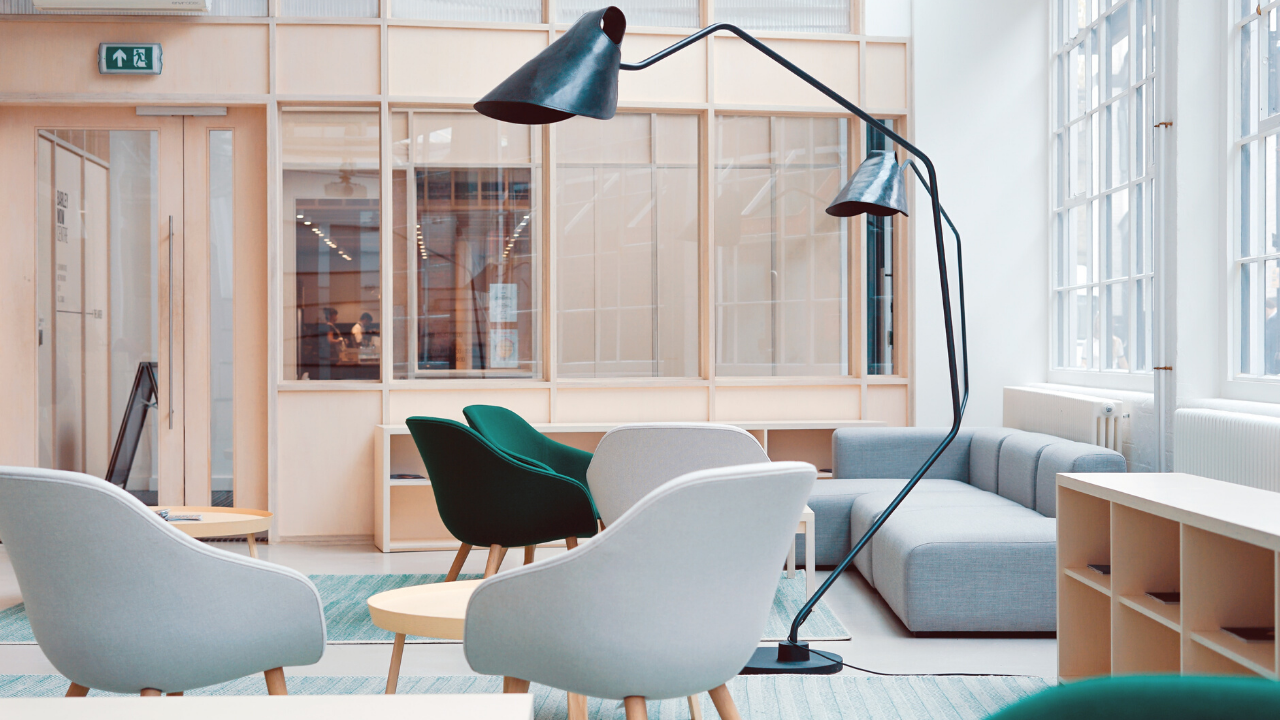In the past few years, one of the biggest trends in workplace design has been the open office plan. Cubicles and private offices have gained a reputation of being uninspiring, leading many companies to adopt open office plans to boost collaboration and productivity.
But research has shown that, when set up incorrectly, open layouts can actually hinder productivity and office interaction.
The office layout is the first impression in establishing the flow of the workplace. That is why many organizations have adopted activity-based workspaces (ABW) which optimize space efficiency, encourage collaboration and offer employees flexible work options depending on their needs.
Here are a few ways that business leaders can determine what their office needs and create a successful ABW.
Using data from employees can offer insight into how they use the workspace and identify individual needs of workers. Simply asking employees what they want out of their workspace provides an easy way to create a space that is catered to their work style.
Creating a healthier work environment doesn’t always mean a complete makeover. Changing the lighting, temperature and air quality are small, but significant tweaks that can create a more comfortable atmosphere.
While open offices aim to create a tight-knit community, they can be isolating for those who are more introverted. Leaders can empower workers of all personalities by offering a variety of work areas, such as private phonebooth-style spaces for private work and conference rooms for team-oriented projects.


 Dr. Gleb Tsipursky – The Office Whisperer
Dr. Gleb Tsipursky – The Office Whisperer Nirit Cohen – WorkFutures
Nirit Cohen – WorkFutures Angela Howard – Culture Expert
Angela Howard – Culture Expert Drew Jones – Design & Innovation
Drew Jones – Design & Innovation Jonathan Price – CRE & Flex Expert
Jonathan Price – CRE & Flex Expert










